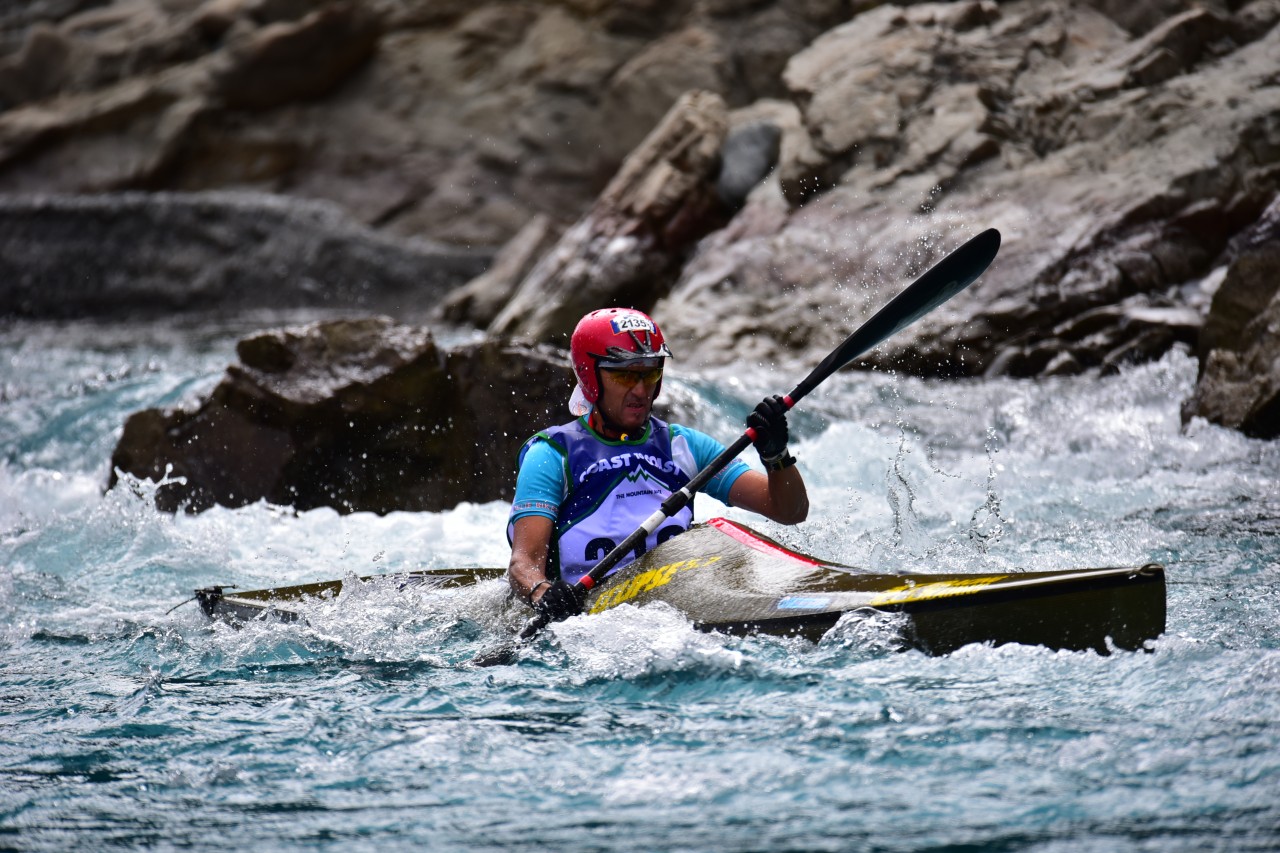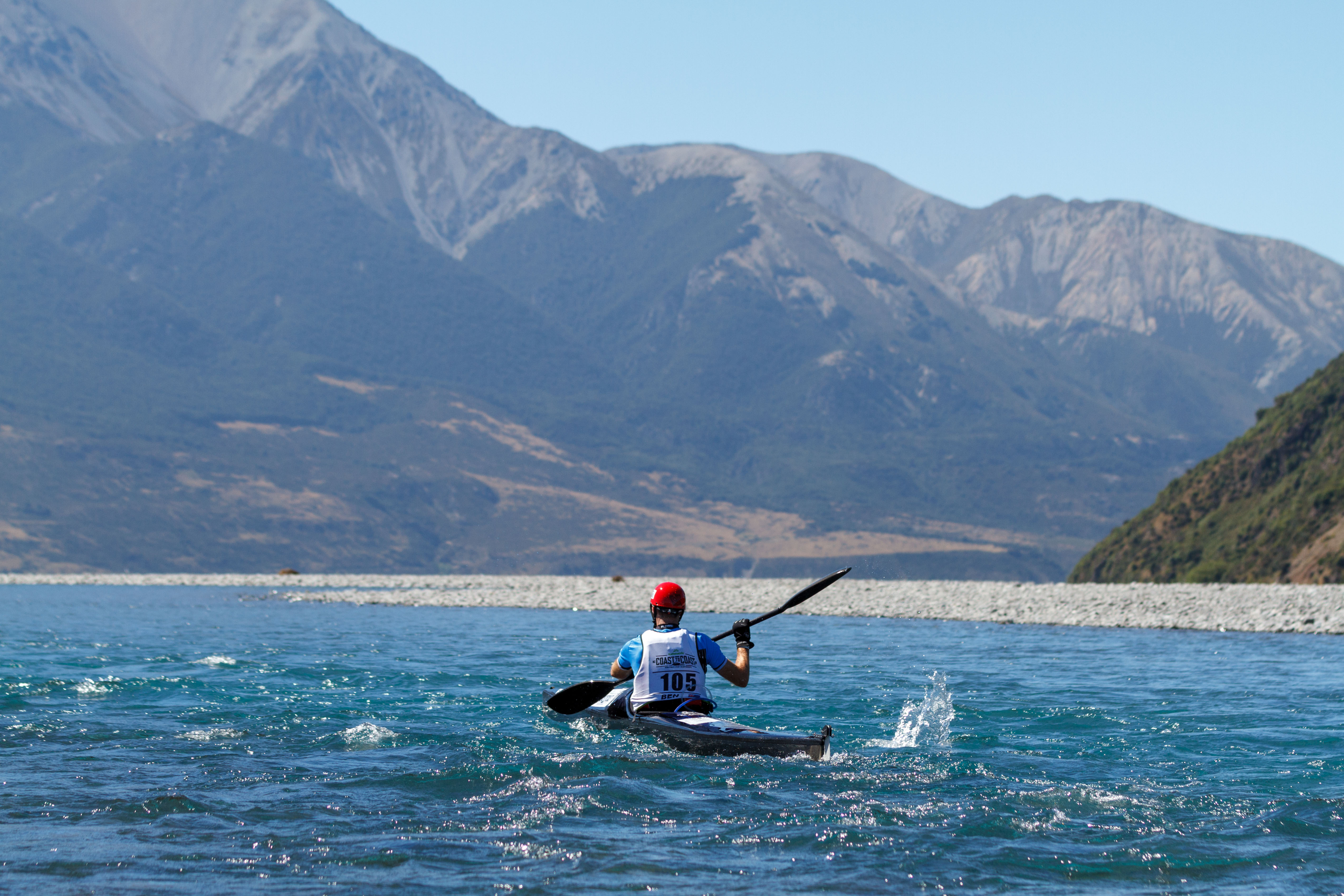
If you’re the type of person who likes to get out and ‘do’, Subaru have put together a series of tips for weekend warriors who are keen to get out and train for events. We sat down with some experienced weekend warrior ‘coasters’ who have done the bike, run and kayak legs multiple times. They have some little gems to help you get the most out of your race.
In part two, we’re talking kayaking and if anyone knows the intricacies of the Kathmandu Coast to Coast kayak leg, it’s our guest contributor Stu Paterson.
The 53-year-old, Lake Ohau Village resident first entered the cross-the-South-Island event in 2010 and has made the epic journey every year since. He has tallied up nine, 2-day and one Longest Day Coast to Coast races - all done individually! That means he has paddled down the challenging 70km section of the Waimakariri River ten times!
A keen paddler, he has competed in the Waimak Classic, Clutha Classic, Brass Monkey series and the Kayak Waitaki events and regularly uses the Rakaia and Rangitata rivers for training. He's got plenty of tips to help you get the most out of kayaking, especially at the Kathamandu Coast to Coast.
Check out Stu’s tips for kayaking, whether you’re starting out or training for an epic adventure.
Why Kathmandu Coast to Coast?
The Kathmandu Coast to Coast is an awesome event, enjoyed by hundreds and hundreds of people. When you cross that finish line at New Brighton, it will be like nothing you’ve ever experienced before. The kayak section can be the hardest leg of the Coast, as kayaking doesn't come naturally to most people. I always think that it’s the toughest section done and dusted once I have passed under that bloody bridge! It is a fantastic feeling, knowing that you have that leg behind you.
What gear do you find works best for kayaking?
Train in the gear you will be wearing on race day and make sure you have a comfortable helmet and seat, because five-plus hours on the river is a long time if you’re not comfortable!
Using a carbon fibre paddle is brilliant, although they are a bit expensive. I'd also suggest that you set up a water system in your kayak, instead of in your life jacket as it keeps the weight down low.
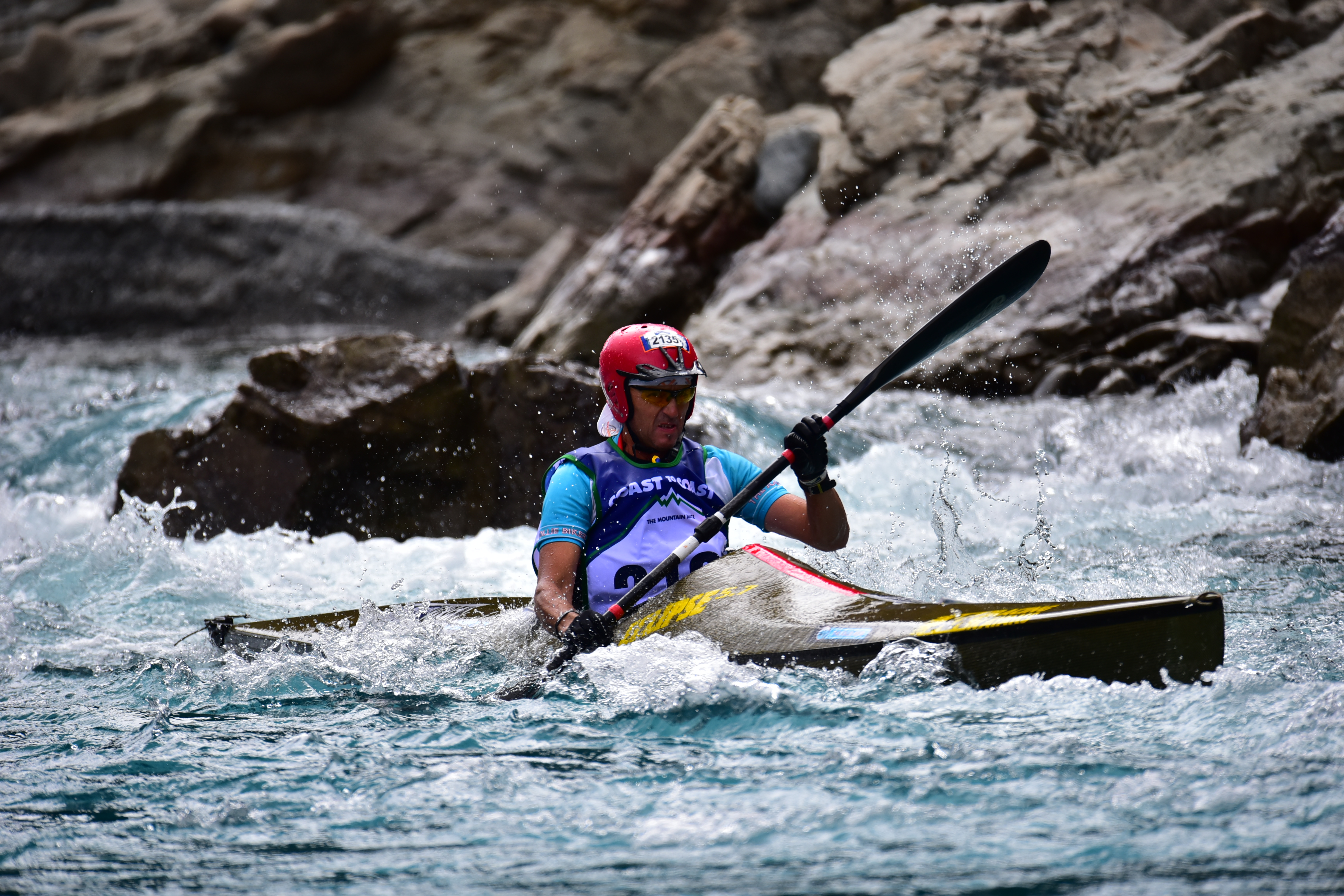
The Waimakariri features main different challenges. There's braids, a gorge, it flows swiftly in places and mixes long, calm sections with rapids up to grade 2 in size. What’s the best way to train for this paddle?
I do a lot of kayak training on flat water, as we live near lakes. I think this helps with my endurance for completing a 70km river race.
I make sure I get out paddling in the wind and rain, as it can be really windy in the gorge. Also prepare yourself for very cold weather, even though it’s summer, as again, that gorge can be freezing cold!
What’s your go-to routine the day before the race?
Go over your gear - over and over again! Have it all packed in your kayak and gear box, as your support crew will leave Klondyke Corner (where the Mountain Run finishes) very early and you won’t cross paths with them again, until you see them at the start of the kayak leg.
Have a separate gear box for your kayak leg, so it’s easy for your support crew to find everything you need, and they can have it laid out for you at the Mt White Bridge transition area.
I pack ALL my own gear and then it’s my fault if I forget something, not my support crew’s fault.
Check your kayak’s rudder cables and foot pedals are all working properly. I also carry a spare paddle in my kayak. There’s nothing worse than falling out of your boat and watching your paddle floating away downstream, forcing you to pull out of the race because you can’t get down the river.
Make sure you have your race bib on. In the rush of transitioning into the kayak, it’s possible to paddle off without it and you will have to double back upstream to reclaim it!
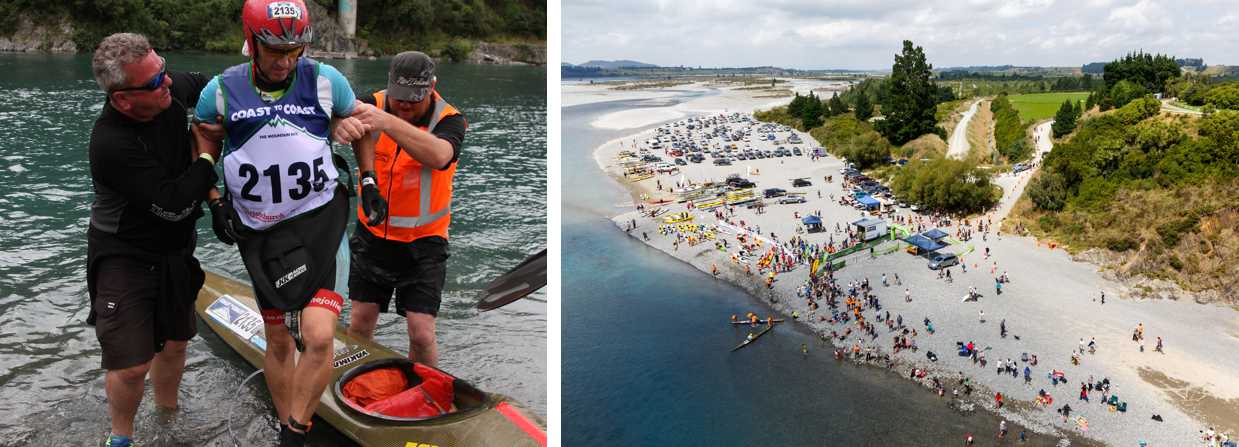
Have you got some advice about what competitors need to watch out for on the kayak?
Your support crew will meet you at bike rack and run with you to the river edge where your kayak has been placed after scrutineering. It’s busy getting off the riverbank as there can be a lot of competitors all trying to get a good start.
If the river is low, there’s going to be a lot of single file paddling for a while. So give the other paddlers a bit of space. I have seen many paddlers fall out in the first few kilometres as they fight over space, but it actually doesn’t take too long to thin out anyway.
Do your own thing. Trust your own judgement, because just following the boat in front isn’t always the best option. Choose your own lines.
Always follow the instructions of the safety crews. They are positioned in the key spots of the river for a reason.
If it’s a nice day, with the sun shining, the kayak is an awesome leg of the Coast to Coast to enjoy.
Five-plus hours is a long time in a kayak – how do you stay focused?
Break the 70kms down into segments and then mentally tick them off as you go past. The landmarks I use are the rock garden, gorge entry, iron bridge, horseshoe bend and Woodstock, where you come out of the Gorge into a wide river plain and the river weaves its way down to the final transition into the last bike ride to the finish line.
I spend a bit of time talking to other competitors, as they pass me, or I pass them. Most people are keen for a chat and it makes the time go quicker.
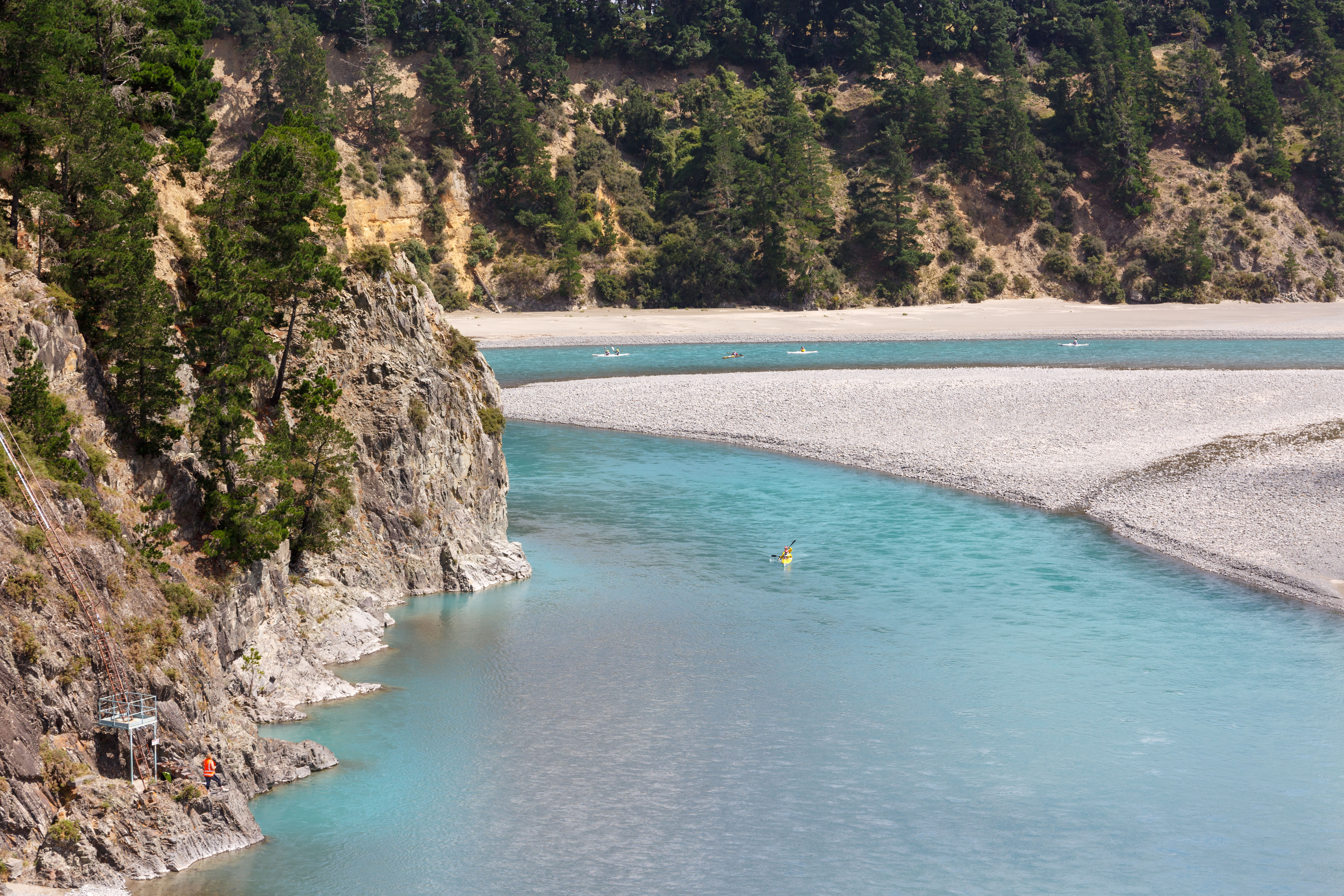
What’s the best piece of advice about the kayak leg that you were given?
Stay away from the trees - trees are not your friends!
If you’re going to follow someone, make sure that it’s someone that knows what they’re doing and is a good kayaker - they’re easy to spot.
Make sure all your drinking tubes are working before you push off into the river.
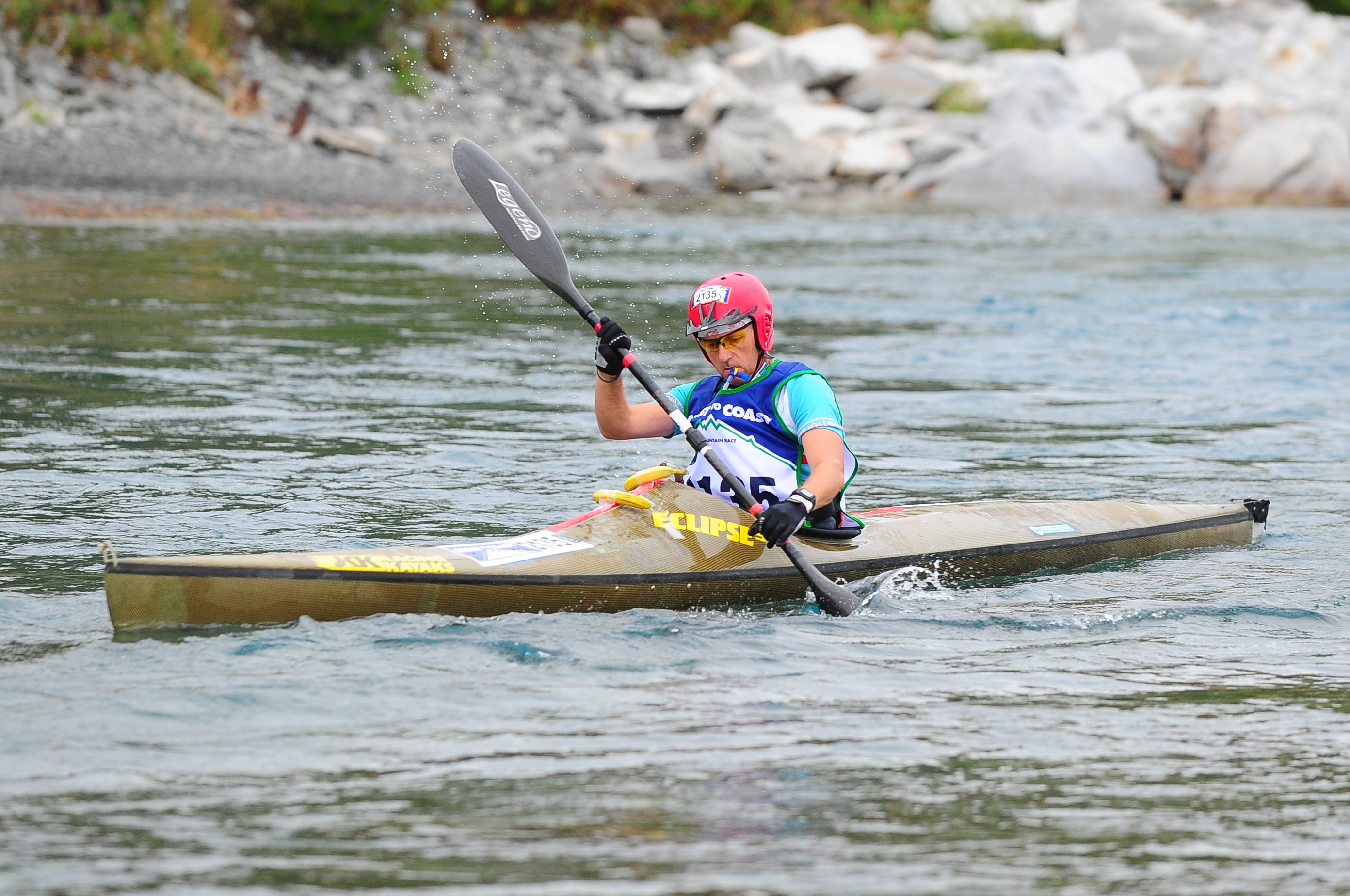
Make sure you take on board some of Stu’s helpful tips as you continue your training to help you get through a challenging but rewarding kayak event.
Read more about some cycling and running tips if you're taking on a multisport event.
